Evolution of Magnetic Fields

- Introduction
- Initial Configuration
- Case 1: SBHMBH2=-0.5
- Case 2: SBH/MBH2=0
- Case 3: SBH/MBH2=0.75
- Comparison

Black hole-neutron star binaries are among the most promising sources for the simultaneous detection of gravitational wave and electromagnetic signals in the era of multimessenger astronomy. Apart from post-merger electromagnetic signals, detectable pre-merger signals may arise during a BHNS inspiral. Toward the end of the inspiral, strong magnetic fields will thread and sweep the black hole horizon, possibly establishing a unipolar inductor (UI) DC circuit that extracts energy from the system. As these UIs operate in strongly curved, dynamical spacetimes, numerical relativity simulations are necessary to reliable determine the electromagnetic output. After a transient phase that lasts a little over one orbit, the magnetic field geometry settles into a quasistationary configuration. It is evident that in the spinning cases, partial winding of the magnetic field has taken place due to frame dragging, which is most prominent in the SBH/MBH2=0.75 case. The magnetic fields external to the neutron star are evolved via the general relativistic, force-free (GRFF) equations. Solving the GRFF equations involves evolving the electric (E) and magnetic (B) fields under the constraints E·B=0 and E2 < B2. The GRFF regime represents the limit of ideal MHD when the magnetic fields dominate the plasma dynamics. In this limit, the evolution of the matter is controlled by the magnetic fields.
We initially seed the NS with a purely poloidal magnetic field that gives rise to a dipole in the exterior. The results are independent of the magnitude of the B field, provided the magnetic stresses remain smaller than the interior pressure. ().
Here, we follow the evolution of the magnetic fields of a neutron star orbiting a spinning black hole, with SBH/MBH2=-0.5 (i.e., the BH spin angular momentum is antiparallel to the binary orbital angular momentum.) Yellow lines depict the poloidal magnetic field of the neutron star. Field lines penetrating the black hole horizon are shown in white.
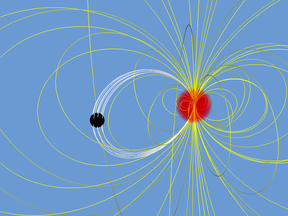 Fig. 1-1: Magnetic fields at time t/M = 0 |
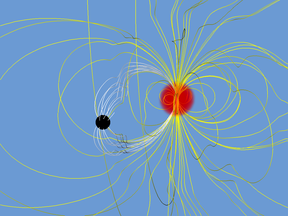 Fig. 1-2: Magnetic fields at time t/M = 9 |
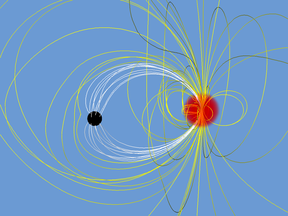 Fig. 1-3: Magnetic fields at time t/M = 370 |
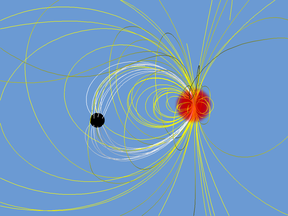 Fig. 3-4: Magnetic fields at time t/M = 563 |
Here, we follow the evolution of the magnetic fields of a neutron star orbiting a nonspinning black hole. Yellow lines depict the poloidal magnetic field of the neutron star. Note the degree to which the orbiting BH cuts through the field lines. This creates a unipolar inductor DC circuit that drives a Poynting flux.
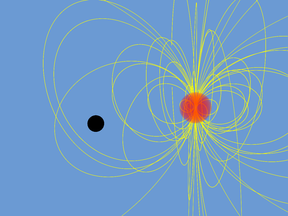 Fig. 2-1: Magnetic fields at time t/M = 0 |
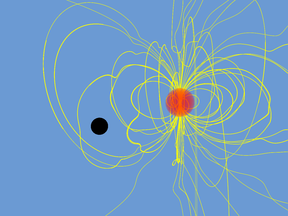 Fig. 2-2: Magnetic fields at time t/M = 10 |
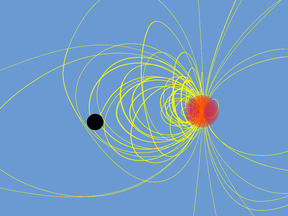 Fig. 2-3: Magnetic fields at time t/M = 374 |
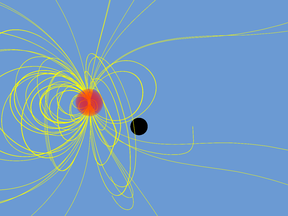 Fig. 2-4: Magnetic fields at time t/M = 625 |
Here, yellow lines depict the poloidal magnetic field of the neutron star. Field lines penetrating the black hole horizon are shown in white.
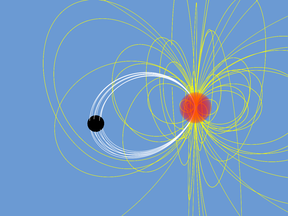 Fig. 2-1: Magnetic fields at time t/M = 0 |
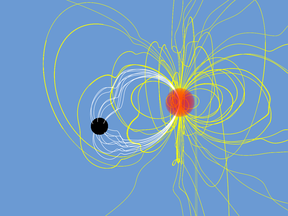 Fig. 2-2: Magnetic fields at time t/M = 10 |
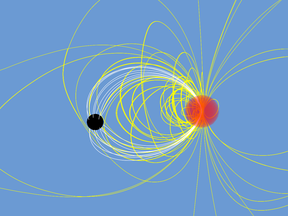 Fig. 2-3: Magnetic fields at time t/M = 374 |
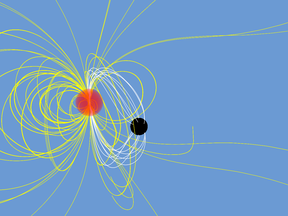 Fig. 2-4: Magnetic fields at time t/M = 625 |
Here, we follow the evolution of the magnetic fields of a neutron star orbiting a spinning black hole, with SBH/MBH2=0.75 (i.e., the BH spin angular momentum is parallel to the binary orbital angular momentum.) Yellow lines depict the poloidal magnetic field of the neutron star. Field lines penetrating the black hole horizon are shown in white.
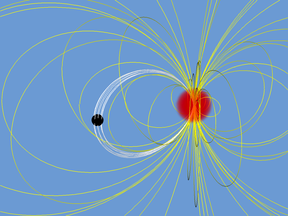 Fig. 3-1: Magnetic fields at time t/M = 0 |
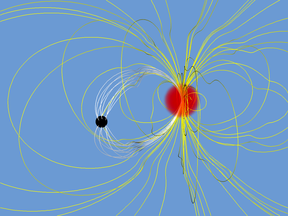 Fig. 3-2: Magnetic fields at time t/M = 7 |
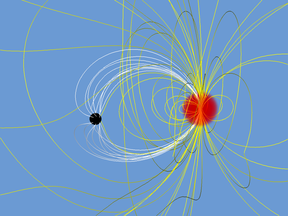 Fig. 3-3: Magnetic fields at time t/M = 382 |
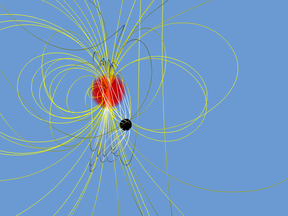 Fig. 3-4: Magnetic fields at time t/M = 616 |
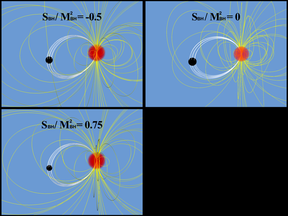 Fig. 4-1: Magnetic fields at time t/M = 0 |
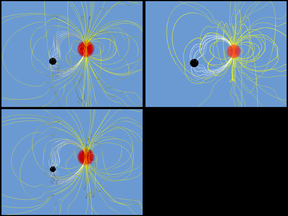 Fig. 4-2: Magnetic fields at time t/M = 10 |
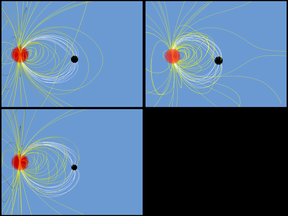 Fig. 4-3: Magnetic fields at time t/M = 83 |
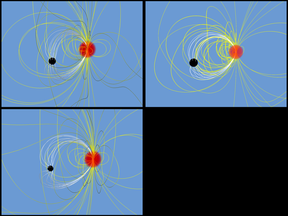 Fig. 4-4: Magnetic fields at time t/M = 432 |